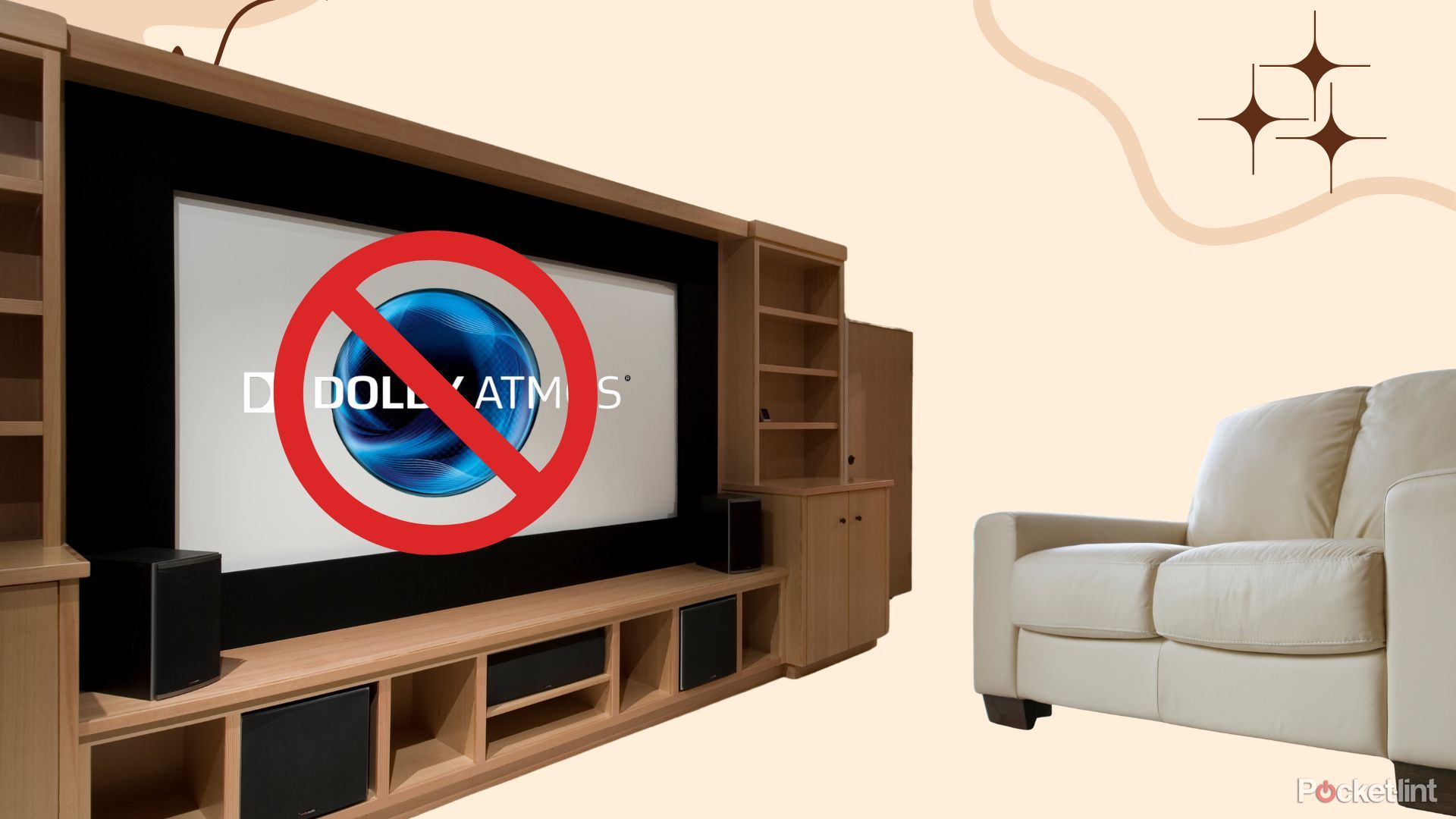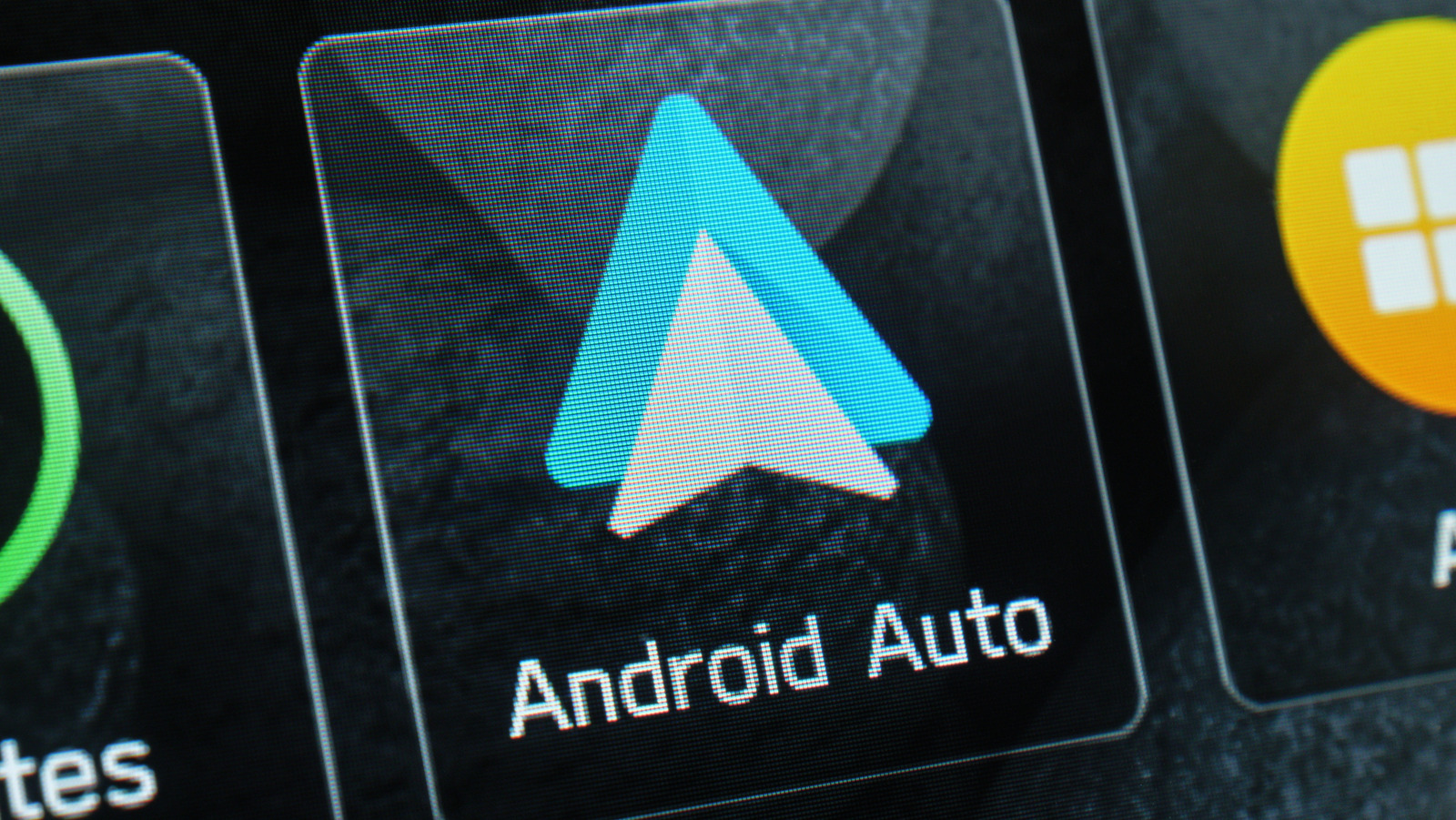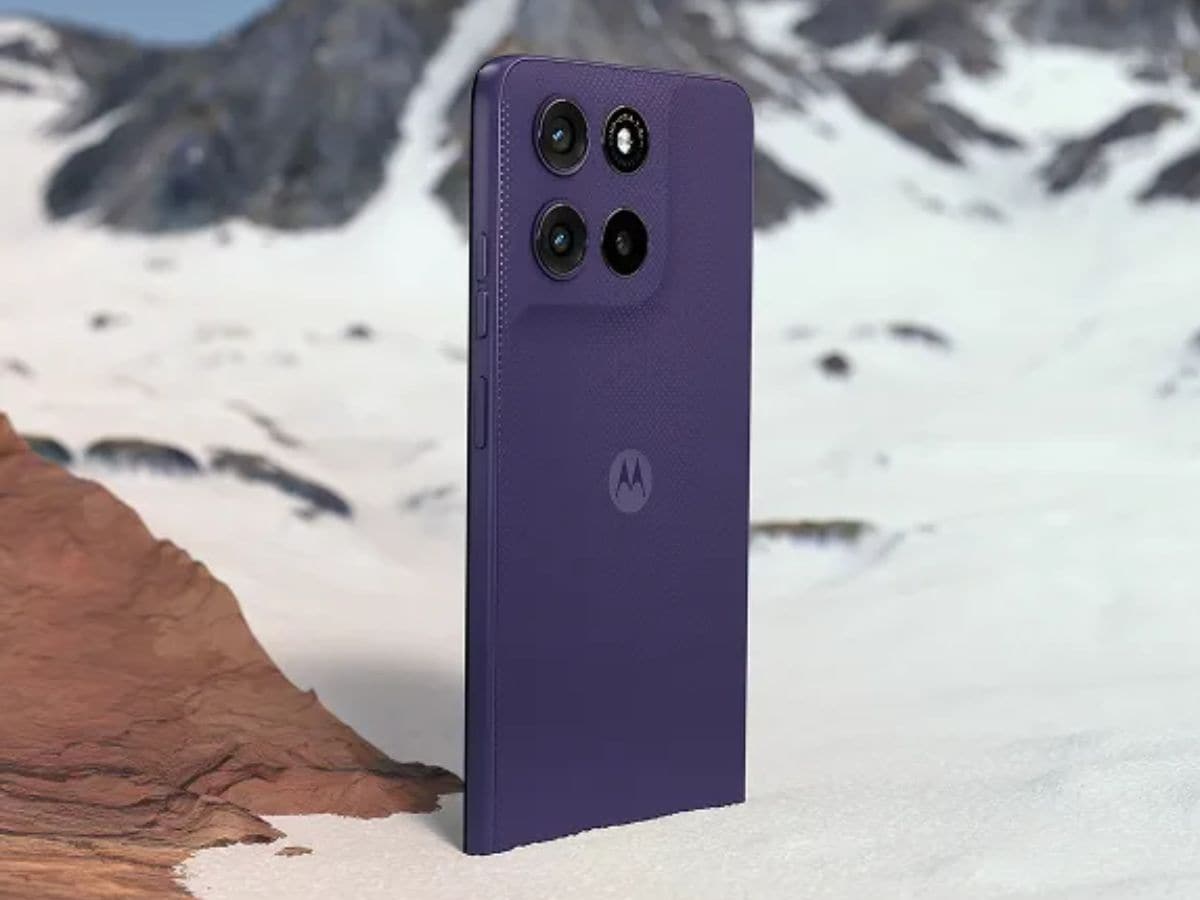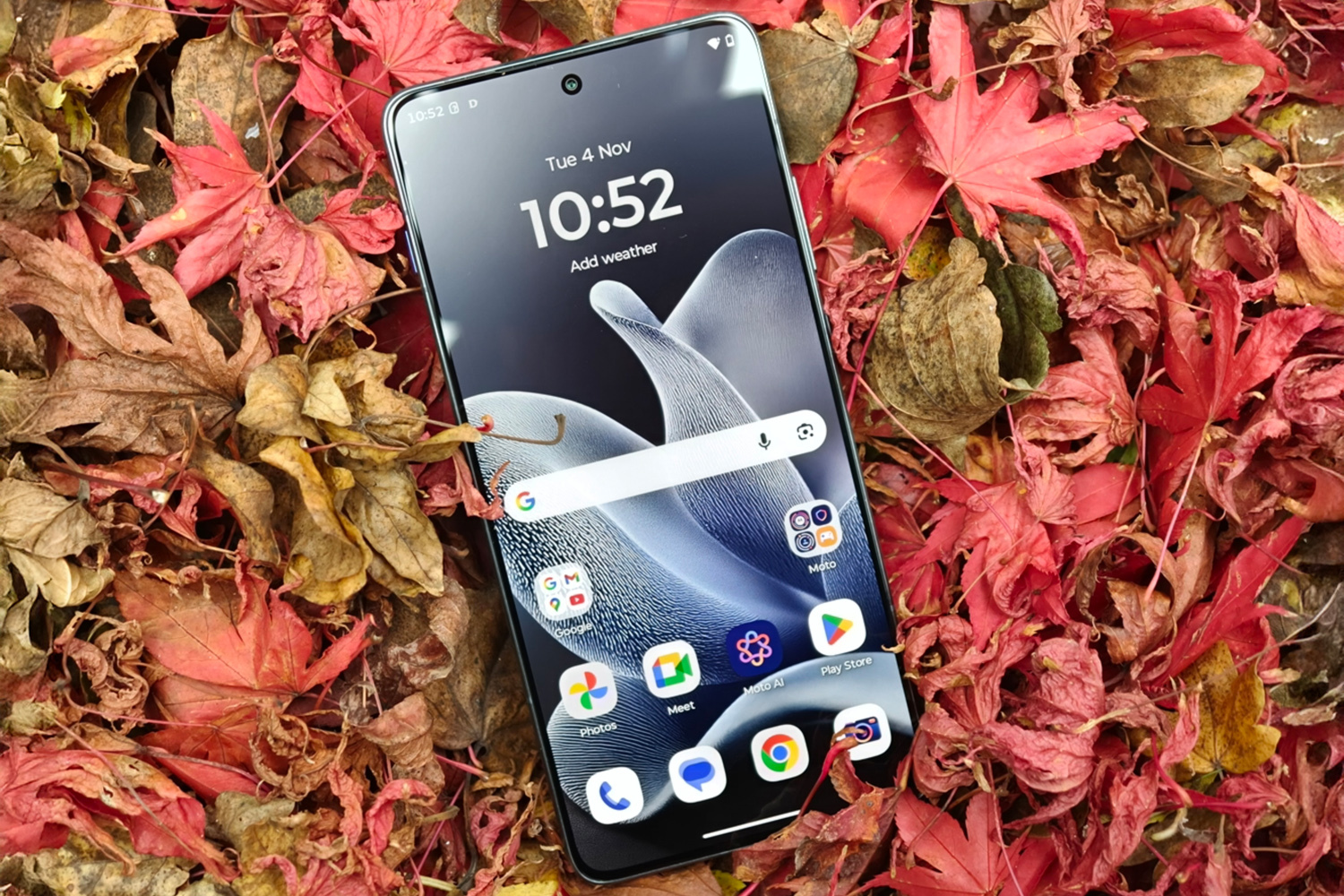Summary
- Dolby Atmos shines in physical media
- Audio quality suffers on streaming
- Invest in a proper sound system for Atmos
The hottest audio format around today is Dolby Atmos, and you’re starting to see it stretch its legs all over. If you’re somebody who likes to go to the movies, you’ll notice that AMC Theaters has an entire theater dedicated to the format, along with Dolby Vision, aptly named Dolby Cinema. If you like to purchase physical media, there’s a good chance that the 4K Blu-ray you just picked up comes with a Dolby Atmos soundtrack on it.
Many soundbars you buy today come equipped with Dolby Atmos, and while it’s not as nice as having a full audio setup with speakers set up all around your room, it still blows away regular audio. However, it’s not all great news. If there’s one aspect where Dolby Atmos falls flat for me, it’s in streaming. Streaming has a lot of benefits, but quality isn’t typically one of them. Not only does it offer worse picture quality, but audio, including Dolby Atmos, is lacking.
Dolby Atmos isn’t good on streaming
A great format being delivered poorly
Netflix, HBO Max, Prime Video, and many more streamers offer Dolby Atmos. This is good because, if you ask me, it’s the best audio format available today. This is why it pains me to admit it, but you’re leaving quite a bit on the table if all you’ve done is listen to Dolby Atmos through a streaming service.
As you might know, streaming is often heavily compressed when compared to a disc. This applies not only to movies, but music as well. This is why physical media is king if you’re looking for the best quality. The compression is quite severe, too. A 4K Blu-ray could climb to well over 100 Mbps while a Netflix stream typically hovers around the 15-20 Mbps range. This means there’s a lot of compression at play, and your audio and picture quality will take a big hit. In my experience, 4K streaming has improved a lot over the years, but I still prefer a regular 1080p Blu-ray over a 4K stream if I have the option.
The problem with lossy audio, like streaming Dolby Atmos, is that you don’t get a clear picture of what your audio setup can sound like. I have a 5.1.2 Dolby Atmos setup, which means I have five surround sound speakers, one subwoofer, and two Atmos speakers placed high up on my wall. It’s not the ideal setup, but it’s what I made work in my living room. It took a lot of time to get everything put together where it goes, so it’s disappointing to listen to a lesser soundtrack when I watch something. Game of Thrones is a great example of this. When it comes to TV shows, I can’t think of much else TV-wise that benefits from an Atmos soundtrack than Game of Thrones, and the difference between streaming and my 4K box set of the series cannot be overstated.
If you put money into your home viewing setup, then you owe it to yourself to get the best quality you can. Unfortunately, that’s not going to be on streaming, so it means you have to sink more money into it. What I often do is stream a movie or show first, and if I ever plan to watch it again, I’ll just buy it.
With streaming services getting more expensive, and some of them — cough, HBO Max, cough — locking Atmos behind the most expensive tier, I’ve just been saving money. I don’t think Atmos is all that impressive on streaming, so I’m not going to go out of my way to get the highest tier of a streaming service just to be disappointed. Is it still the best format you can get for streaming? Yes. Is it noticeably better than regular 5.1 on Netflix? I’m not sure of that.
Dolby Atmos isn’t bad, but how you’re listening to it is
The biggest thing working against Atmos is yourself
Dolby Atmos is fantastic, but only if you have the right way of listening to it. There’s no way anybody can tell me they aren’t blown away by the sound from the Dolby Cinema at AMC, especially if they compare it to a regular movie theater screen. When I first heard it after moving close to an AMC, I knew I wanted to replicate that sound at home. While I still have a long way to go, and I’ll likely never be able to duplicate the theater experience, I’m a firm believer in Dolby Atmos.
The frustrating thing is that hearing from other people that Dolby Atmos isn’t worth it is that they are listening to it the wrong way. Okay, maybe they aren’t listening to it wrong, but it’s certainly suboptimal to listen to an Atmos soundtrack through a cheap soundbar or a streaming service. It’s especially bad when you see people complaining about how the Dolby Atmos mix sounds when they are listening to music directly from their phone’s speakers. Atmos needs a soundscape to work with that a phone just can’t provide, so it’s not surprising that an Atmos mix from a phone doesn’t sound right.
Atmos gives back as much as you put into it. If you want the most out of it, you need to drop money on a proper surround sound system, an audio receiver that supports Atmos, and you need to place your speakers in a way that gets the most out of the directional audio. In-ceiling speakers are your best bet, but that’s obviously not an option for most people.
What it ultimately boils down to is whether you mind listening to compressed audio or not. With how popular streaming is — both shows and music — I’d be willing to guess that a lot of people are fine with how things sound. That’s fine and all, but I just want you to know that you’re not getting the most out of your Dolby Atmos experience if you’re strictly listening through a streaming service or using a soundbar. I drew my line in the sand and decided that I will no longer be paying extra to get Dolby Atmos on my streaming services. If it’s included at no extra charge, great, but if I have to spend a few more dollars, I’ll pass.










